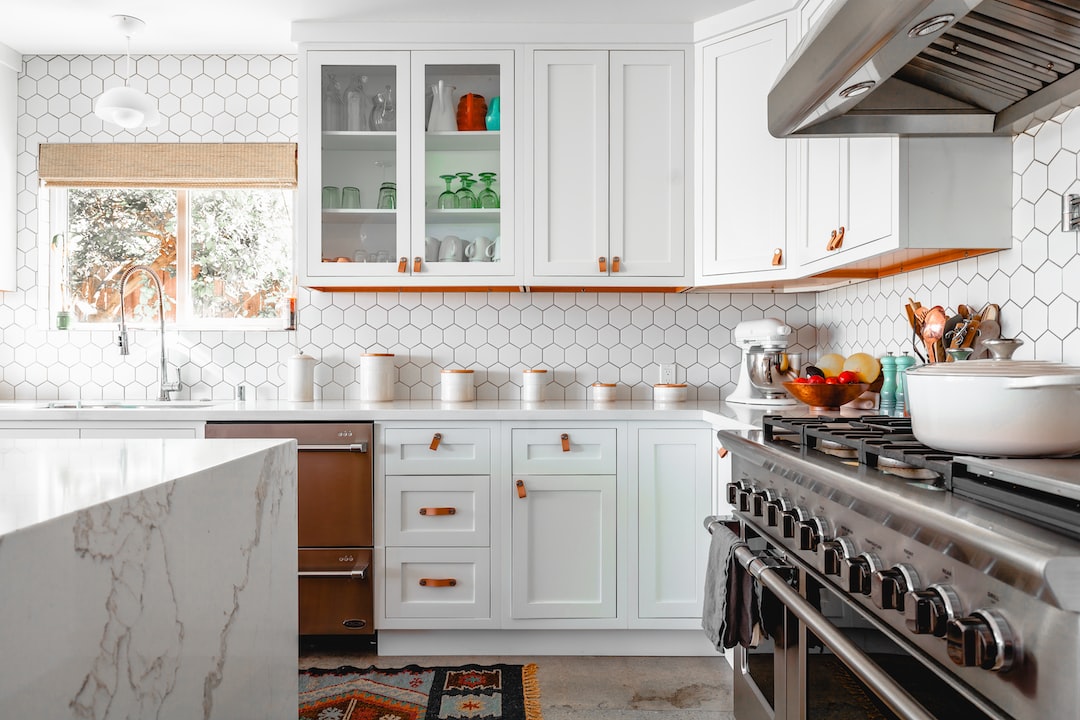Creating Depth and Interest: Composition Techniques for Estate Photography
Estate photography is a unique genre that requires a keen eye for detail and an ability to capture the essence and beauty of a property. One key aspect of estate photography is composition. By employing various composition techniques, photographers can enhance the visual appeal of their images, creating depth and interest that draw the viewer in. In this article, we will explore some composition techniques specifically tailored for estate photography.
First and foremost, leading lines can greatly enhance the composition of estate photographs. Look for natural or man-made features that lead the viewer’s eye into the frame, such as a winding pathway or a row of tall trees. These lines create a sense of depth, visually guiding the viewer through the property. By incorporating leading lines into your composition, you can make your photographs more visually appealing and engaging.
Another effective composition technique for estate photography is the use of the rule of thirds. By dividing your image into a 3×3 grid, you can position key elements of interest along the gridlines or at the intersection points. For example, if you’re photographing the exterior of a grand mansion, you might position the main entrance at one of the intersecting points. This technique adds balance and visual interest to your images, making them more compelling to the viewer.
Using framing devices is yet another powerful composition technique for estate photography. Look for elements within the property that can naturally frame your subject, such as a doorway, a window, or an archway. By incorporating these framing devices into your composition, you create depth and added interest, leading the viewer’s gaze towards the main subject.
In estate photography, capturing the grandeur and scale of the property is essential, and one way to achieve this is through the use of perspective. Varying your shooting angles can help to emphasize the size and architectural details of the estate. For example, shooting from a low angle can make a grand staircase appear even more majestic, whereas a bird’s-eye view can showcase the vast grounds surrounding the estate.
Lastly, don’t forget about the importance of symmetry in estate photography. Symmetry brings a sense of balance and order to your compositions, creating a visually pleasing image. Look for symmetrical elements within the property, such as a mirrored reflection on a calm pond or a perfectly aligned row of trees. By centering your composition around these symmetrical features, you can create a captivating and harmonious image.
To excel in estate photography, it is crucial to understand and implement various composition techniques. By incorporating leading lines, utilizing the rule of thirds, employing framing devices, experimenting with perspectives, and embracing symmetry, you can elevate your estate photographs to the next level, capturing the essence and allure of these magnificent properties. So, next time you pick up your camera to capture an estate, remember to think about the composition and use these techniques to create depth and interest in your images.
Publisher Details:
Real Estate Photography | Limelight Digital Productions
https://www.limelightdigi.com/
4437267199
Limelight Digital Productions provides real estate & commercial photography with over 20 years industry experience. Offering traditional stills, 360 interactive walkthrough tours and aerial 4K drone photography/videography with full-service image correction and perfection using the Adobe Suite of products!

